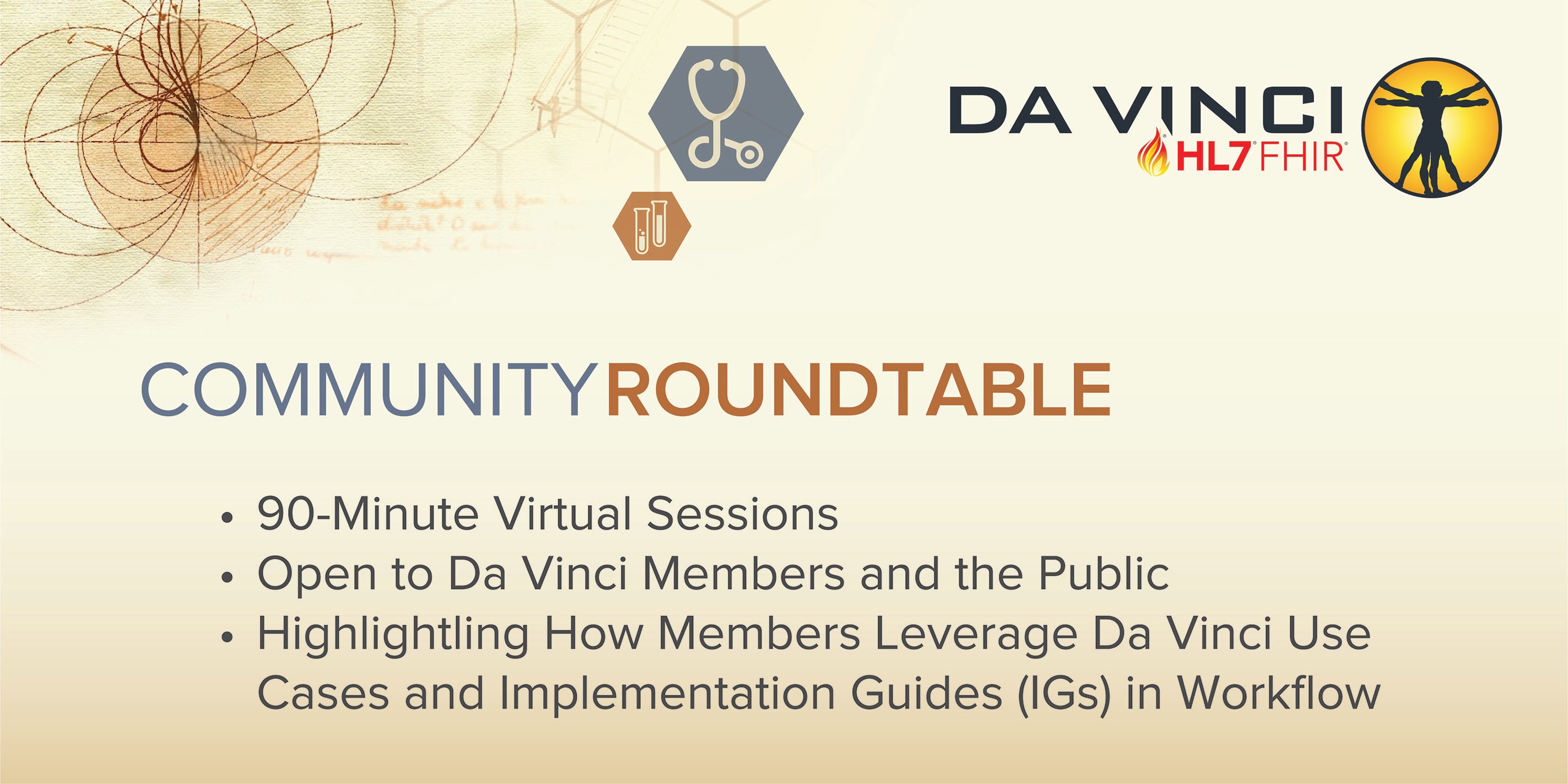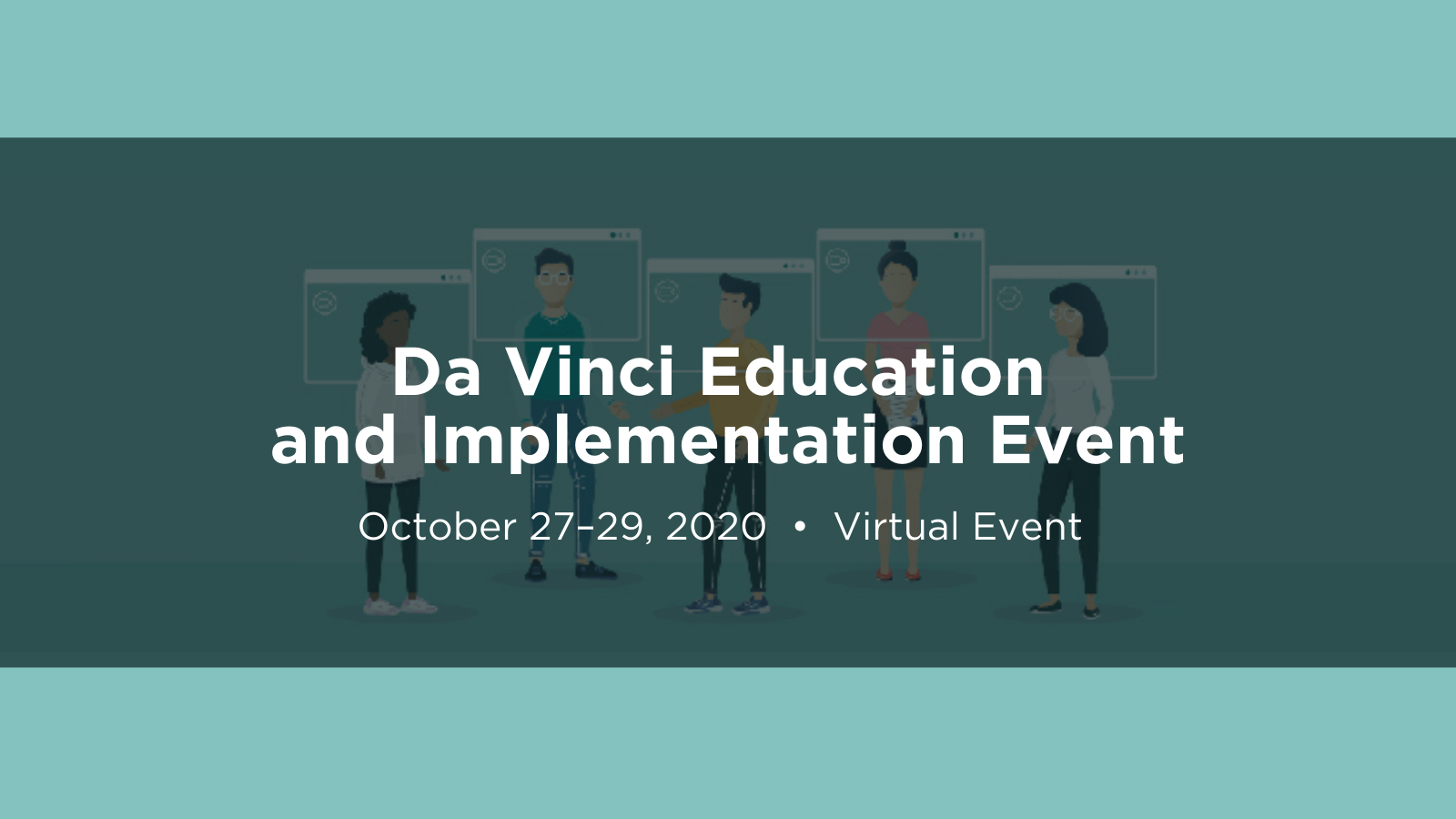July Connectathon Brings Implementers Together; Plan Now for September Connectathon
[fa icon="calendar'] Aug 22, 2022 3:00:13 PM / by HL7 posted in HL7, health IT policy, interoperability, SMART on FHIR, health IT, CMS, Da Vinci, FHIR Accelerator, FHIR Connectathon, FHIR Implementation Guides, FHIR API
CMS HL7® FHIR® July Connectathon Recap
[fa icon="calendar'] Aug 27, 2021 2:06:36 PM / by Health Informatics and Interoperability Group posted in FHIR, HL7, HL7 community, health IT, CMS, FHIR Connectathon
In July 2021, the Centers for Medicare & Medicaid Services (CMS) hosted its second HL7® FHIR® Connectathon, welcoming over 800 participants from Federal agencies, payer organizations, and the health IT industry to a three-day event with more than 70 presentations focusing on education, implementation guide testing, and community-building around Fast Healthcare Interoperability Resources (FHIR)-based application programming interfaces (APIs).
CMS New Rules to Address Prior Authorization for Patient and Provider Interests
[fa icon="calendar'] Feb 8, 2021 12:23:17 PM / by Shobhit Saran posted in FHIR, interoperability, health IT, Payers, CMS, Da Vinci, prior authorization, ONC, payer data exchange, Patient Access API
The Centers for Medicare & Medicaid Services (CMS) released the much-awaited Interoperability & Patient Access Rule in March 2020. The objective is to reinforce this rule by further improving health information exchange and obtaining member health records at a single location to reduce burden on payers, providers and members.
The enforcement date for this rule is January 1, 2023, and will be applicable to Medicaid programs, the Children’s Health Insurance Programs (CHIP) and Qualified Health Plan (QHP) issuers on the individual market Federally Facilitated Exchanges (FFEs). However, it will not be applicable to Medicare Advantage (MA) plans.
The CMS proposed rule will include policies to enhance the current Application Programming Interfaces (APIs) from its interoperability rule such as patient access API and payer to payer API. There are a few new APIs and requirements proposed to improve the overall prior authorization process.
HL7 Da Vinci Project Roundtable to Discuss How Implementation Guides Can Help with Interoperability Rules
[fa icon="calendar'] Jan 22, 2021 11:01:13 AM / by Fred Bazzoli posted in FHIR, HL7 community, interoperability, Payers, CMS, Da Vinci, value based care, ONC
Monthly Event is Scheduled for 4:00 to 5:30 p.m. ET on Wednesday, January 27, 2021
In the first community roundtable of 2021, project managers of the HL7 Da Vinci Project will provide updates for how the project’s implementation guides can be used to solve interoperability challenges and meet federal rules.
The roundtable is intended to highlight how Da Vinci Project implementation guides can help organizations reduce burden, advance data exchange and enable better patient access to data.
Participants from the HL7 Da Vinci Project include Jocelyn Keegan, program manager; Viet Nguyen, MD, technical director; and Vanessa Candelora, project manager. The Da Vinci team will show the progress of Implementation Guides (IGs), which give guidance for using the HL7’s Fast Healthcare Interoperability Resources (FHIR®) coding. The team will also provide linkages to specific federal rules and policies, giving you the recipe to solve challenges in alignment with federal rules and leverage the power of standards to improve connectivity across all of your patient populations.
Roundtable Offers Glimpse of an HL7 FHIR Implementation and Da Vinci Project’s Progress
[fa icon="calendar'] Oct 22, 2020 3:17:45 PM / by Fred Bazzoli posted in FHIR, HL7 community, interoperability, Payers, CMS, Da Vinci, value based care, Data Exchange for Qualitiy Measures, ONC, notifications
Anthem, Cedars-Sinai, and CareEvolution to share on project to implement Data Exchange for Quality Measures and Event Notification on Wednesday, October 28
Like peeling back the layers of an onion, exchanging information to support value-based care involves complex data challenges for providers and payers alike.
That’s particularly true when it comes to navigating essential communications between providers and payers, using that dialogue to better coordinate care and achieve the best possible results for patients.
Two key areas that challenge everyone is ensuring that quality measures are met and that everyone in the chain is on the same page when it comes to events. Typically, these are hard for all parties in sharing relevant information.
HL7’s Fast Healthcare Interoperability Resources (FHIR®) standard offers an approach that everyone can use to facilitate data exchanges. In an upcoming community roundtable scheduled for 4 to 5:30 p.m. ET on Wednesday, October 28, HL7 Da Vinci Project members Anthem, Cedars-Sinai and CareEvolution will discuss their efforts to put implementation guides for Data Exchange for Quality Measures and Event Notification in place.
HL7 Da Vinci Project Plans Education Event to Get Organizations Ready for Federal Rules
[fa icon="calendar'] Oct 19, 2020 11:24:03 AM / by Fred Bazzoli posted in FHIR, HL7 community, interoperability, Payers, CMS, Da Vinci, value based care, ONC
Time is ticking away on healthcare organizations, who face fast approaching federal deadlines to improve the sharing of information to give patients access to their payer data. Additionally, the tools to reduce clinician burden and improve clinical data exchange between payers and providers are rapidly maturing.
The good news is that HL7’s Fast Healthcare Interoperability Resources (FHIR®) standard is the tool that organizations can use to meet new requirements for data sharing. Use cases and accompanying implementation guides from the HL7 Da Vinci Project offer specific, standardized ways for organizations to use plug-and-play technologies with multiple other organizations.
But for many organizations, now the works begins in earnest. Implementing Da Vinci use cases will require input from IT departments and testing with a variety of partners. Fortunately, an upcoming Da Vinci Project event aims to equip participants with the necessary knowledge to get off the ground successfully.
HL7 is offering a Da Vinci-focused Education and FHIR Implementation Event on October 27 to 29, open to both members and non-members. The event goals are to educate the health IT community about HL7 FHIR and FHIR implementation guides develop by the Da Vinci Project and the CARIN Alliance.
Drinking from the FHIR Hose: A Newbie's Perspective on HL7 and the Da Vinci Project FHIR Accelerator
[fa icon="calendar'] Oct 9, 2020 3:09:44 PM / by Vanessa Candelora posted in FHIR, HL7 community, interoperability, Payers, CMS, Da Vinci, value based care, ONC, FHIR Accelerator, FHIR Connectathon
Just over one month ago, I leaped into HL7 FHIR through involvement of the Da Vinci Project. Having worked in the healthcare technology industry for more than 10 years aligned with implementers of payer-provider workflows, data reporting and analytics, it was compelling to see how the proverbial “sausage is made” in the standards world. I made my debut by attending the HL7 FHIR Patient Access API Implementation event in August and I have since attended the September HL7 Connectathon.
Here are three key takeaways from my first month in the FHIR community.
The Room Where it Happens: Developing a Standard Doesn’t Transpire Behind Closed Doors By the Elite.
As an implementer reading a standards’ implementation guide (IG), it’s inevitable to reach a point of confusion where you say to yourself, “Clearly the writer of this didn’t consider my business need.” HL7 has a robust process that prioritizes adoption and reaching consensus among the public community before stamping approval on a standard. The continuous improvement method includes one or more balloting cycles (where the public community essentially critiques the IG and provides detailed feedback) as well as multiple connectathons (at which IGs are tested against by the community), providing ample opportunity for feedback from the community to evolve the IG. The HL7 Da Vinci Project, as well as other FHIR accelerators, have reference implementation prototypes, documented examples, sample test scripts and weekly calls open to the public, encouraging participation throughout the development lifecycle.
Initiatives Aim to Solve Barriers to Wider Use of FHIR and Reduce Provider Burden
[fa icon="calendar'] Sep 24, 2020 2:52:03 PM / by Fred Bazzoli posted in FHIR, HL7 community, interoperability, Payers, CMS, Da Vinci, value based care, ONC, FAST, DRLS
Recap of the August Da Vinci Project Community Roundtable on DRLS and FAST
As the HL7 Da Vinci Project continues to make rapid progress in developing use cases to enable the exchange of healthcare information, work has been underway to test and widely deploy these cases among industry players.
Efforts led by federal agencies have been in motion to use solutions based on HL7’s Fast Healthcare Interoperability Resources (FHIR®) standard at scale, as well as to incorporate FHIR use cases in a federal initiative that developed and tested a prototype to demonstrate the capability to streamline clinical workflow access to coverage requirements.
Presenters at a Da Vinci Project community roundtable on August 26 said the initiatives are important in bringing the benefits of automated information exchange throughout the healthcare industry, while taking steps to reduce the burden on providers.
The FAST Initiative
In one initiative, the Office of the National Coordinator for Health Information Technology (ONC) is convening a FHIR at Scale Taskforce (FAST) that brings together a representative group of motivated healthcare industry stakeholders. FAST aims to take use cases that are being demonstrated in initial efforts between partners in the industry and ensure that they can operate more broadly.
“In building solutions for FHIR for interoperability, we realize that individual solutions are being developed to work between one endpoint and another,” said Stephen Konya, senior advisor to ONC and the Department of Health and Human Services. “When we start to roll these out at scale – when there’s a large number of payers sharing a large amount of data with a large number of providers – the game changes.”
Clinicians Play Key Role in Enabling Data Sharing through HL7 FHIR
[fa icon="calendar'] Sep 18, 2020 3:20:28 PM / by Fred Bazzoli posted in FHIR, HL7 community, interoperability, Payers, CMS, Da Vinci, value based care
Providence St. Joseph, Cambia and MultiCare to Present on Collaborative Effort to Implement Use Case from the HL7 Da Vinci Project on Wednesday, September 23
Clinicians see the need for better access to healthcare information as clearly as others serving in the industry. Because of that, it should be no surprise that clinicians and their teams are playing key roles in the HL7 Da Vinci Project implementations.
Clinicians are not insulated from the changes being wrought by value-based care, so they see the need for adaptations to the digital health ecosystem. That is one force driving change at Providence St. Joseph, which is working with Cambia Health Solutions and MultiCare Connected Care to facilitate information exchange.
These organizations are collaborating on an initiative that is helping lead the way with Da Vinci Project production implementations to enable interoperability and advance value-based care. They will share their insights and experiences next week during the Da Vinci Project’s monthly Community Roundtable from 4:00 – 5:30 pm ET on Wednesday, September 23. The roundtable is entitled “Provider Leadership and Partnerships: The Key to Interoperability and Scalability of Value-Based Care.”
CMS Interoperability Rule and Impact of COVID-19
[fa icon="calendar'] Sep 8, 2020 1:16:05 PM / by Shobhit Saran posted in FHIR, interoperability, health IT, Payers, CMS, Da Vinci, ONC, CARIN Alliance, payer data exchange, USCDI
The Centers for Medicare & Medicaid Services (CMS) released the much-awaited Interoperability & Patient Access Rule in early March this year. This rule establishes policies that aim to break down barriers in the health system across the US for better patient engagement. Government bodies are taking significant efforts for governments-sponsored health plans to adopt interoperability to make healthcare system efficient. Multiple initiatives by the Department of Health and Human Services (HHS) and its CMS and Office of the National Coordinator for Health Information Technology (ONC) aim to improve care-coordination and member experience. CMS had proposed the Interoperability & Patient Access Rule to support regulations of the MyHealthEData initiative, with implementation timelines to drive programs such as BlueButton, BlueButton 2.0 and Data at the Point of Care.
In the times of pandemic, healthcare organizations have realized the importance of having access to data for better care coordination and efficient care delivery. With seamless data access, organizations can:
- Share health data of beneficiaries with different care teams
- Identify high-risk population and implement preventive actions to control risk
- Leverage tele-health with access to patient historical health data
- Take timely decisions on emergency treatments based on patient medication history


.png)
.png)




